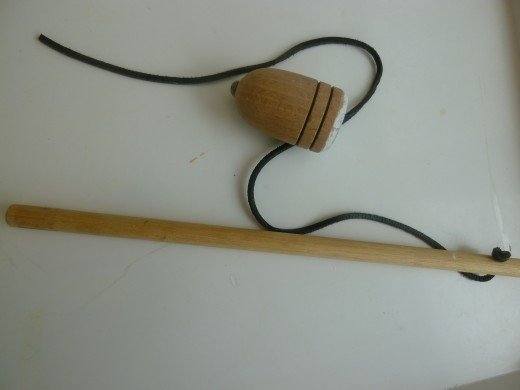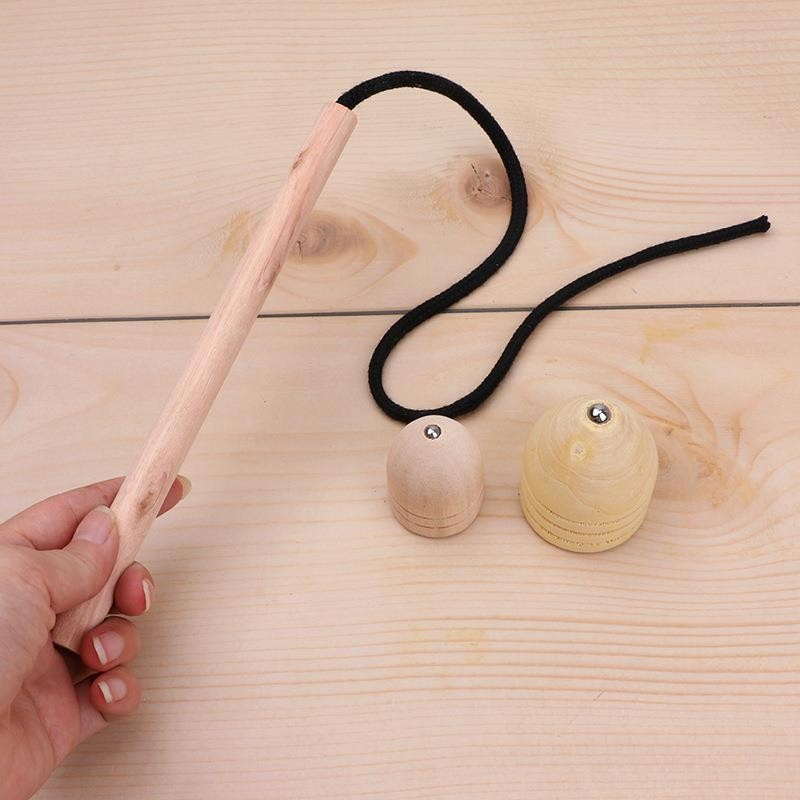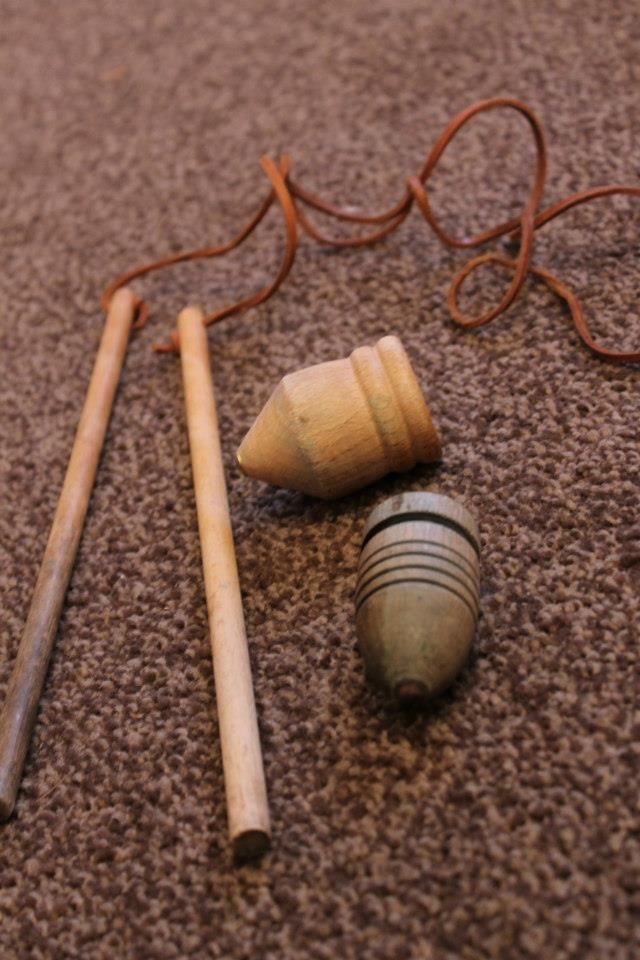The whip and top game is a classic toy that has been a source of joy for children across generations and cultures. Whether known as a spinning top, a whipping top, or simply a top, this delightful toy has captivated young and old alike for centuries. With its simple design and endless potential for fun, the whip and top stands as a testament to the enduring appeal of traditional toys.
The Origin and History of Spinning Tops

Spinning tops have a rich and diverse history that dates back to ancient civilizations. It is believed that children have played with tops ever since pine trees grew cones and stones shaped like cones appeared. The basic spinning top, which consists of a conical body with a point or peg for spinning, is one of the earliest known toys.
- Ancient Greece and Rome: The Greeks and Romans crafted spinning tops from natural materials like boxwood or terra-cotta. They used the top for both play and exercise, emphasizing physical dexterity and fun. Roman children, like their Greek counterparts, enjoyed this simple yet entertaining toy, demonstrating its appeal across cultures.
- European Middle Ages: By the 14th century, tops had become widespread across Europe. In Shakespeare’s time, village children often gathered around a large communal top, which was used as a warming-up exercise during cold weather.
- Asian Traditions: In Asia, tops have long been popular among children and adults. In Japan, for example, top spinning has been a cherished pastime for centuries. The Japanese made tops from materials such as bamboo, nuts, and stone, using them for both play and ceremonial purposes. In New Zealand, the Maori created humming tops from small gourds that were used in ceremonial mourning or to avenge a defeated clan.
Understanding How the Whip and Top Works
The basic mechanics of a spinning top are simple yet intriguing. The top relies on the principle of gyroscopic stability, which allows it to spin upright despite its conical or cylindrical shape. Here’s a closer look at how the whip and top works:
- Spinning Motion: A whip is used to keep the top spinning. It involves wrapping a string or bootlace around the top’s peg and using a whipping action to initiate the spin. As the top gains momentum, it stands upright, spinning steadily until friction eventually brings it to a stop.
- Kaleidoscope Effect: To make the spinning more visually exciting, children often draw colorful patterns on the top using chalk. As the top spins, these patterns blend together, creating a kaleidoscope effect that mesmerizes onlookers.
- Types of Tops: There are several variations of spinning tops. Some are spun by a simple twist of the hand, while others, like peg tops and whipping tops, require a cord or whip to maintain their spinning motion. Other tops, such as hollow thunder tops from Japan, have holes cut into them to produce a humming sound as they spin.
The Whip and Top as a Seasonal Tradition

Traditionally, the whip and top game was closely associated with the spring season. In England, it was believed that the game should only be played during March and April, following a folk rule that prohibited its use outside of this timeframe. If this rule was broken, children risked having their tops “smugged” (confiscated), adding an element of playful tension to the game.
The restriction to springtime likely originated from the desire to promote outdoor play during the warmer months, encouraging children to enjoy the fresh air after a long winter. The whip and top game became an annual rite of passage, with children eagerly awaiting the arrival of spring to resume spinning their tops in parks, playgrounds, and streets.
The Cultural Impact of Spinning Tops
The whip and top game has left a significant mark on various cultures around the world, not just as a toy but also as a symbol of tradition and celebration. Here are some notable cultural references to spinning tops:
- Ceremonial Use in New Zealand: The Maori of New Zealand used humming tops made from small gourds in ceremonial mourning of the dead. The loud wailing sound produced by these tops was believed to guide the spirits of the deceased or avenge a clan’s defeat.
- Diablo in Europe: During Napoleon’s time, a Chinese game called Ko-en-gen was introduced to Europe as diablo. This game involved spinning a spool (dubbed the “devil”) on a string, tossing it into the air, and catching it again. The diablo quickly became a popular pastime across Europe.
- Hexagonal Teetotum: In ancient Greece and Rome, the hexagonal teetotum was a six-sided spinning top used for gambling or making decisions, much like dice. This demonstrates the versatility of the spinning top as both a recreational and strategic tool.
The Resilience and Modern Appeal of Spinning Tops

Despite the rise of digital games and high-tech toys, spinning tops have retained their charm and popularity. They have been reinvented in various forms, adapting to modern tastes while preserving their fundamental mechanics:
- Humming Tops: Modern versions of the traditional humming top now incorporate plastic and metal materials, producing musical notes or changing colors while spinning. This adds an extra layer of excitement for children, making tops an enduring favorite.
- Collectible Tops: Many people have started collecting vintage and handmade tops, appreciating their historical value and craftsmanship. Collectible spinning tops often feature intricate designs and are made from wood, metal, or even ceramic, highlighting their artistic appeal.
- Educational Value: Spinning tops are not only fun but also educational. They help children understand basic physics concepts, such as centripetal force, balance, and momentum. Playing with tops can improve hand-eye coordination and fine motor skills, making them a valuable learning tool for children.
Conclusion: The Timeless Joy of the Whip and Top
The whip and top is more than just a toy—it’s a piece of cultural history that continues to fascinate people of all ages. Its simple design, rich history, and universal appeal make it a classic toy that transcends time and borders. Whether used for play, tradition, or education, spinning tops remind us of the enduring charm of traditional toys in an ever-evolving world. As long as children enjoy spinning, the whip and top will remain a beloved part of childhood, bridging the gap between past and present.


